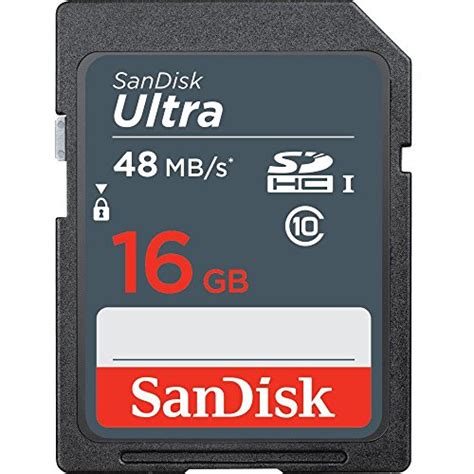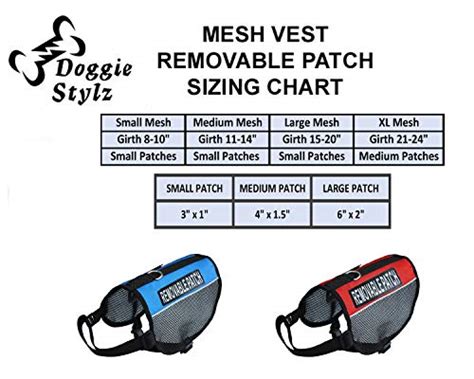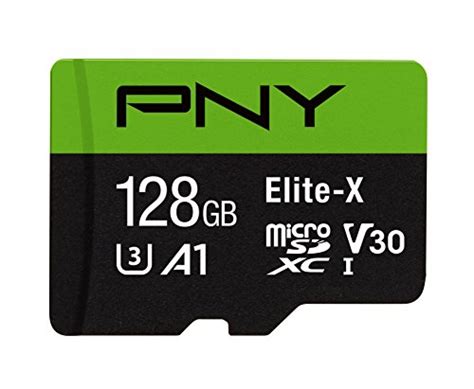Curated content to help you create, market and deliver world-class education.
Templates to help you plan and manage your online course project.
YouTube videos to guide you through the course creation process.
By Nicola Choon
March 12, 2021 min read
You have decided to create your first online course. Great! Now what?
“To achieve great things, two things are needed: a plan, and not quite enough time.”
— Leonard Bernstein, composer and conductor
Often, training professionals and university lecturers come under pressure to deliver online courses within a short time frame. A good course plan is crucial in maintaining quality while achieving tight course authoring deadlines.
A course plan lays out a clear pathway for linking your content to your learning outcomes. In other words, a course plan helps your learners to achieve their goals through your content.
By planning your course before building it, you will have a map that prevents you from getting stuck on a single module or straying too far from your original goals—saving you valuable time in the process.
In this blog post, we’ll demonstrate how you can create your own online course plan in a short amount of time.
To help you get started, we have created a course design template that you can copy on Google Drive.
We recommend designing your online course around the learning outcomes. At OpenLearning, we typically start each course with a Course Design Document which links each activity to a specific outcome. You will be using a simple course design template that mentions these items:
The module sets, modules, and pages make up the “content” of your course (e.g. videos, text, audio, sharing activities, quizzes). The learning outcomes are the “goals” that you want learners to achieve through your content. The main goal of this template is to create a birds-eye view of how your content will support your learning outcomes.
We’ve already written about why learning outcomes matter and how to write them. Here’s a quick primer for the purposes of this blog post:
Learning outcomes are the goals of your course. They are statements that usually start with “By completing this course, learners will…” and describe what students will be able to demonstrate by the end of your course.
For example, in a course on Business for Bakers, the learning outcomes might be:
Sample course design document on 'Business for Bakers'. Click here to access the live document.
At the start of the module, learners are asked to share an image of their favourite bakery and what they like about it. Then, they are asked to give their opinion on the elements involved in running a good bakery business. The module ends with a video and a short-answer question on the actual elements of a business plan. This module uses an active learning method called Test Then Show (read more about 'Test Then Show' here) which has been simplified for our needs. By testing the learner's prior knowledge, then showing guidance around the topic, the module helps the learner to achieve the goal of "summarising the basics of starting your own bakery business (LO1)".
Your course content can be arranged into three levels: Module Sets, Modules and Pages:
Here is an example from inside a course. The module sets are distinguishable by the chevron ( > ) next to them.
Module sets can contain many modules. This is an advanced feature that allows you to add an extra layer of structure to your course.
Modules are the major topics of your course which can contain several pages.
Pages are where you can add and arrange content, media, and activities.
In our 'Business for Bakers' example, there is 1 module set, 1 module and 3 pages. They are:
Module set: Learning Activities
Module: Basics of Business for Bakers
Page 1: My Favourite Bakery
Page 2: Running a Bakery Business
Page 3: Elements of a Business Plan
This is just the first module in our sample 'Business for Bakers' course. Additional content can be arranged into as many module sets, modules, and pages as desired.
Here are some popular arrangements used by creators in higher education, training, and corporate learning:
In this example, the course has 2 module sets:
You can read more about how these two module sets interact in this explainer article by the course creator, or join the course yourself to check it out! Underneath the two module set tabs, you may notice a few other tabs such as ‘Groups’ and ‘Announcements’. These tabs are listed by default in all OpenLearning courses, but can be hidden if needed. Besides the default tabs, you can also add your own tabs on the left-hand side: for example, '#inspire' is an additional tab.
This is a course where the learners meet once a week for a face-to-face lesson. It has 4 module sets (one for each week). Each week has 3 modules: the 'Pre-Lesson Materials' module contains the pages ‘Reading List’, ‘Notes’ and ‘Test Your Knowledge’ which are accessed online before attending the class. The 'During the Lesson' module is completed in class, while the 'Homework' module is done at home.
Another way of representing this structure is:
Week 1:
Those are just two ways to arrange your course, but you can get creative with your own course plan. Just be sure to explain how to navigate through the course to your learners. To see more examples from other courses, try enrolling yourself into any of these 10 courses. Take note of how you feel as a learner in other courses: is the course fun? Does it have an interactive, vibrant learning community? If yes, is there a pattern between the content and the course learning outcomes? These are the patterns that you can use in your course, as well.
Given all of the moving parts in an online course, it's easy to slip off-track without a course plan. You may not have all of the details of your course right now, but you can use the course design template to kickstart your learning design process.
You can also use our pre-built page templates to create more pages at a quicker pace while utilising social constructivist learning philosophy! Find out more about page templates on the OpenLearning Help Community.
We hope you enjoy using our free online course planning template to outline your course. Stay tuned for the next part of the series, where we will explore activity design in further detail.
The OpenLearning course design template helps you to design an online course that helps learners to achieve their learning outcomes. It is available for you to make your own copy on Google Drive.
Topics: Course Design Tips Download
Liked this post? Don’t forget to share it!
 Smead 100 Recycled Pressboard Classification File Folder 1 Divider 2quot Expan
Smead 100 Recycled Pressboard Classification File Folder 1 Divider 2quot Expan
 Classic Accessories Veranda Water Resistant 11 Foot Patio Umbrella Cover
Classic Accessories Veranda Water Resistant 11 Foot Patio Umbrella Cover
 Sandisk 16 Gb Class 10 Sd Hc Ultra Flash Memory Card 10 Pack Bundle With
Sandisk 16 Gb Class 10 Sd Hc Ultra Flash Memory Card 10 Pack Bundle With
 Fairwin Braided Leather Dog Training Leash 6 Foot 56 Foot Military Grade H
Fairwin Braided Leather Dog Training Leash 6 Foot 56 Foot Military Grade H
 3m Reflective Dog Leash 5ft Long With Traffic Padded Handle Dog Training Leas
3m Reflective Dog Leash 5ft Long With Traffic Padded Handle Dog Training Leas
 How To Be Your Dogs Best Friend The Classic Training Manual For Dog Owners
How To Be Your Dogs Best Friend The Classic Training Manual For Dog Owners
 Classical Naptime For Tots
Classical Naptime For Tots
 Doggie Stylz Set Of 2 Reflective Therapy Dog In Training Removable Patches Wit
Doggie Stylz Set Of 2 Reflective Therapy Dog In Training Removable Patches Wit
 6 Pcs Service Dog In Trainingworkingstress Amp Anxiety Response Embroidere
6 Pcs Service Dog In Trainingworkingstress Amp Anxiety Response Embroidere
 Service Dog In Training Patch With Hook Back And Reflective Lettering For Servic
Service Dog In Training Patch With Hook Back And Reflective Lettering For Servic
 Four Paws Wee Wee Pee Pads For Dogs And Puppies Training L Gigantic Xl St
Four Paws Wee Wee Pee Pads For Dogs And Puppies Training L Gigantic Xl St
 Pny 128gb Elite X Class 10 U3 V30 Microsdxc Flash Memory Card 100mbs
Pny 128gb Elite X Class 10 U3 V30 Microsdxc Flash Memory Card 100mbs














